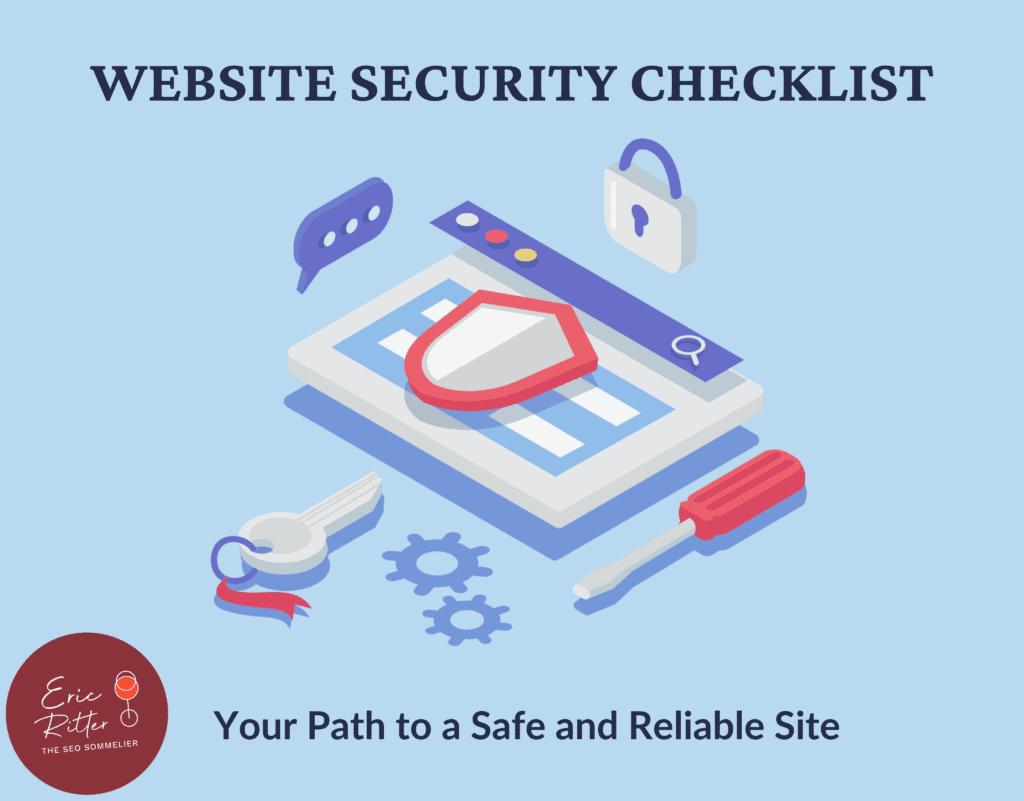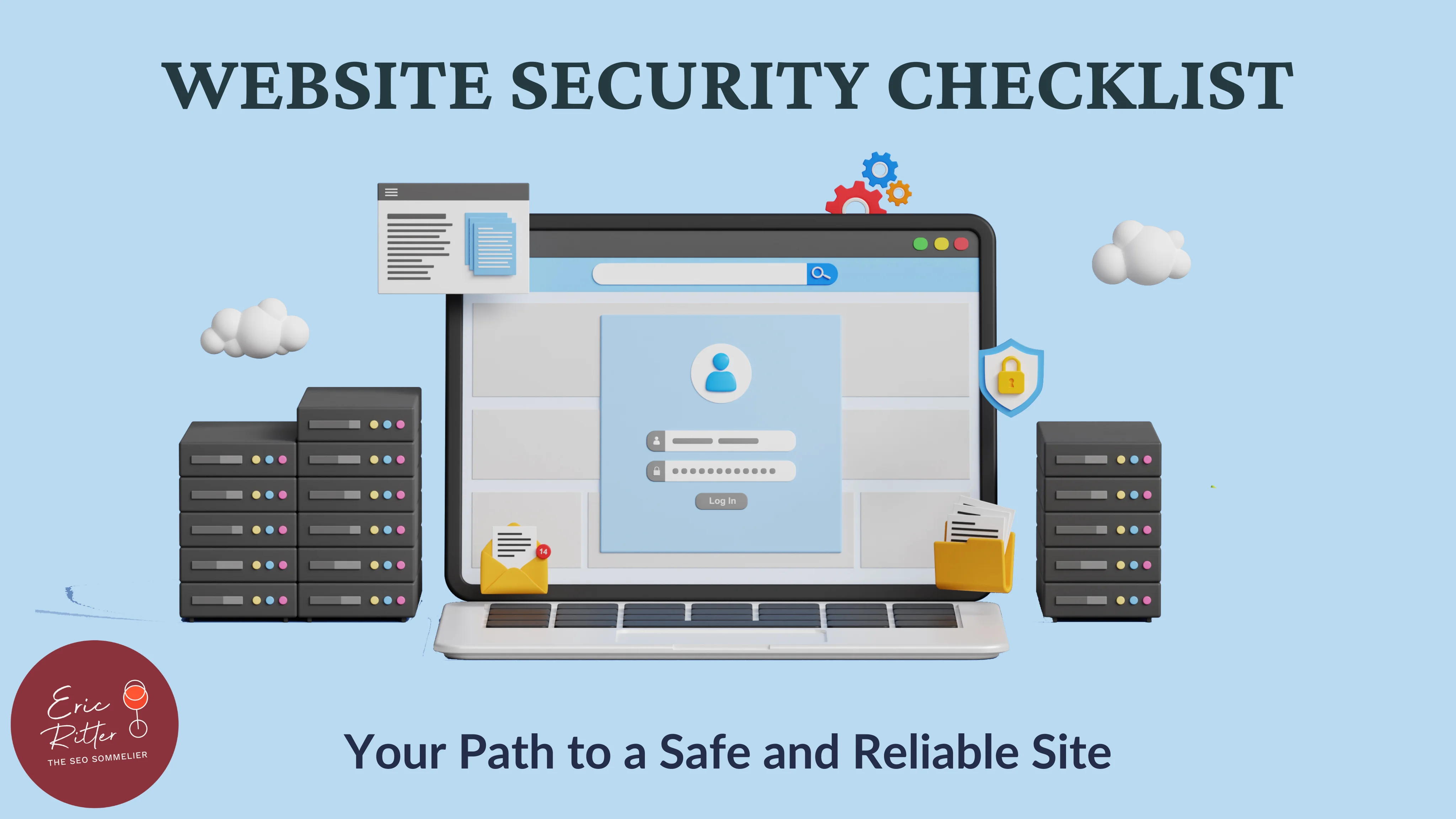Website Security Checklist: Your Path to a Safe and Reliable Site
Imagine investing in a beautifully designed website only to have it compromised because of a preventable security flaw. For businesses, a website isn’t just an online presence; it’s your storefront, your portfolio, and a critical part of your brand. Yet, many site owners underestimate the importance of ongoing maintenance and security for WordPress sites.
WordPress powers over 40% of the web, making it a prime target for vulnerabilities if not properly maintained. That’s where WordPress security and maintenance come into play. This guide is your ultimate checklist to ensure your site stays secure, performs optimally, and provides a seamless user experience for visitors.
Why Website Security Matters
Securing and maintaining your WordPress site is vital for both functionality and long-term success. By prioritizing security, you protect your business, enhance user trust, and ensure optimal performance. Taking proactive measures reduces risks and ensures your online presence remains robust and trustworthy. Here are the key benefits:
- Protects Your Reputation: Guard your brand against the negative impact of hacking incidents or data breaches by meeting industry security standards and safeguard user data from potential threats.
- Improves Performance: Enhanced load times and smooth functionality keep visitors engaged and satisfied. Proactive maintenance reduces the risk of costly and disruptive outages that could affect your business.
- Enhances SEO Rankings: Secure, optimized websites are prioritized by search engines, improving visibility and traffic.
Let’s dive into why Website Security matters and the actionable steps you can take to safeguard your site.
The Crucial Website Security Checklist

Let’s break down each section of this checklist with actionable steps and insights.
1. WordPress Core Updates
WordPress is software, and like any software, it requires updates to patch vulnerabilities and enhance functionality. Staying up to date is critical to protecting your site.
Action Steps:
- Check periodically: Get used to checking periodically if there are new updates for WordPress. Checking weekly is a good rule of thumb.
- Test updates: Testing on a staging site before implementing will ensure the update is compatible with every element of your site and you will avoid potential crashes.
- Consider hiring an expert: As important as they are, updates can break your website if not handled properly. In WordPress there are different components, designed by different parties, working together, making sure everything works together smoothly can be tricky.
WordPress Core Updates Helpful Links:
Pro Tip: Schedule regular maintenance windows to apply updates without disrupting users.
2. Plugin Updates
Plugins add functionality but can become liabilities if outdated. And even so, a whole website can come down because of updating one plugin. Being prudent is crucial.
Action Steps:
- Test first: you don’t have to rush into updating everything the minute a new update is available. The first step is testing its compatibility with other parts of the site.
- Deactivate and remove: minimize vulnerabilities by removing any unused or inactive plugins.
Plugin Updates Helpful Links:
- Update Failed WordPress Plugin: Fix It
- How to Properly Update WordPress Plugins
- The Best SEO Plugin for WordPress
Pro Tip: Use a plugin management tool to streamline updates and compatibility checks.
3. Theme Updates
Your WordPress theme controls your site’s appearance and layout. If you aren’t keeping your themes updated, you risk running into security holes and compatibility issues with other plugins or even with WordPress core.
Action Steps:
- Use a child theme: this sub-theme will help you preserve customizations while implementing updates.
- Choose carefully: Avoid themes from unreliable or unsupported developers.
Theme Updates Helpful Links:
- WordPress Theme Issues: 10 Common Problems
- How to Update a WordPress Theme without Losing Customization
Pro Tip: Authenticity is key. Avoid clickbait—nobody likes to feel deceived.
4. 24/7 Monitoring
Websites operate around the clock, and users never sleep. Real-time monitoring is crucial for identifying and addressing issues promptly.
Action Steps:
- Track uptime: Use monitoring tools to track uptime and receive real-time alerts of any issue that might make your site unavailable to users.
- Automate scans: Websites can go down for even the minor of reasons. Schedule malware scans to detect vulnerabilities.
- Set alerts: Configure alerts for unusual activity, like spikes in traffic or unauthorized login attempts.
Monitoring Helpful Links:
- How to Monitor Your WordPress Website Server Uptime
- 8 Tools for Managing Multiple Websites on WordPress
- 3 Ways to Easily Monitor Your WordPress Site’s Uptime
Pro Tip: Partner with a managed WordPress security service for comprehensive monitoring and quick incident response.
5. Backups
A big part of doing marketing and SEO is doing website updates, and updating the website, whether that’s content, or a button, could cause the website to crash. That’s why backups are your safety net.
Action Steps:
- Automate: Schedule daily backups for both your site and database. Use automated backup solutions with versioning to easily roll back to a specific point in time.
- Store: Use multiple locations, such as the cloud and external storage, to make sure you always have them available in case anything goes wrong.
- Test: Regularly test backups to confirm they can be restored successfully.
Backups Helpful Links:
- Automated Website Backups: Everything You Need To Know
- How to Backup Your WordPress Site (5 Easy Ways)
- How To Backup WordPress Files and Databases
Pro Tip: Most popular packages for WordPress Security and Maintenance services offer daily backups.
6. SSL Setup
An SSL certificate encrypts data transferred between your site and users, ensuring privacy and building trust.
Optimizing Landing Pages Action Steps:
- Install SSL: Purchase and set up an SSL certificate for your domain.
- Renew certificates: Monitor expiration dates and renew as needed.
- Leverage hosting providers: Many hosting providers include free SSL certificates—make sure to take advantage of this.
SSL Certificate Helpful Links:
- Why SSL is Important For Your WordPress Site
- Everything You Need to Know About SSL Certificates
- What is: SSL
Pro Tip:SSL certificates are not only essential for security, they are also crucial for SEO. Not having one will make your website go ignored by Google and avoided by users who don’t feel safe in it.
7. Monthly Reporting
Reporting helps you stay informed about your website’s health and security status, allowing for proactive maintenance. You might not keep a daily track, but a monthly one is a must.
Action Steps:
- Review metrics: Check server response times, uptime statistics, version of WordPress core, broken links, and security alerts.
- Track updates: Ensure plugins, themes, and core files are current.
- Analyze traffic: Use analytics to monitor trends and spot potential issues.
Automation Helpful Links:
Pro Tip: Create a dashboard that consolidates key metrics for an at-a-glance view of your website’s performance.
The Intersection of Security and SEO
A secure website does more than protect data—it directly impacts your SEO. Search engines reward sites with SSL certificates, fast load times, and minimal downtime. By implementing this checklist, you’re not only safeguarding your site but also improving your visibility in search results.
Key takeaways:
- Secure websites provide a better user experience, reducing bounce rates.
- Google prioritizes secure sites with HTTPS in its rankings.
- Regular updates ensure your site complies with Google’s core web vitals.
By focusing on both security and SEO, you’re building a site that performs well for both users and search engines.
Why This Email Marketing Checklist Is Your Secret Weapon
Following this list will allow you to keep your site protected, functioning properly, and showing up in your target audience searches while ensuring you are always prepared to tackle any problem right away.
Download the PPC Checklist Now
Ready to dive deeper into Website Security? Download the checklist to get step-by-step instructions and pro tips for optimizing your Website Security. If you’re looking for a more personalized assessment, contact Eric Ritter, the SEO Sommelier, for a Neighborly Roadmap tailored to your business.



